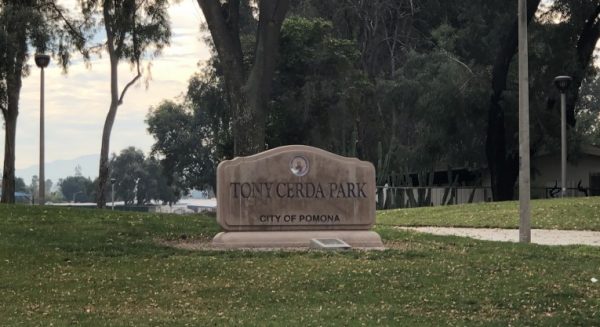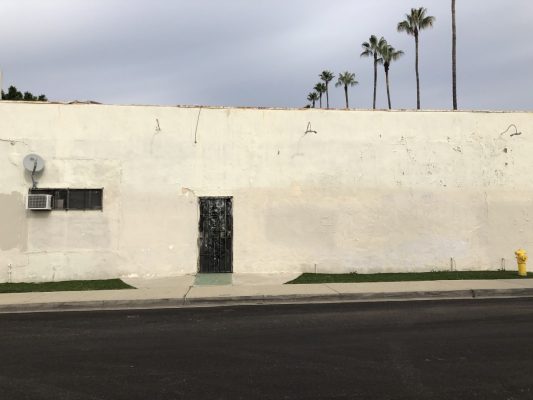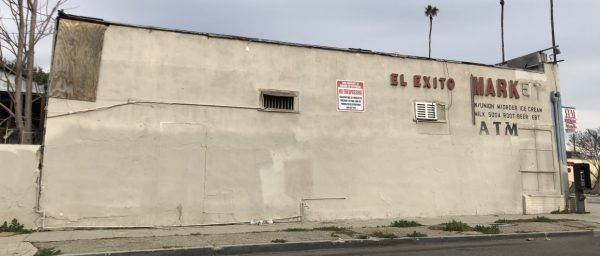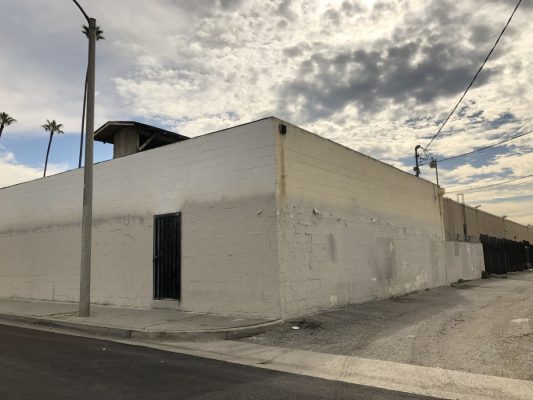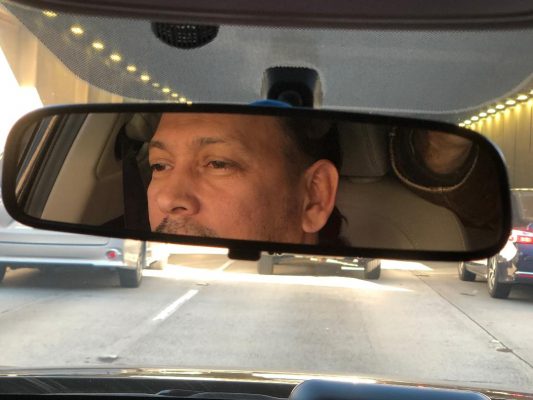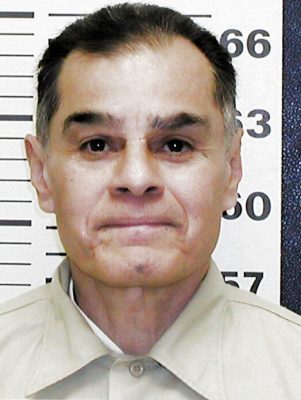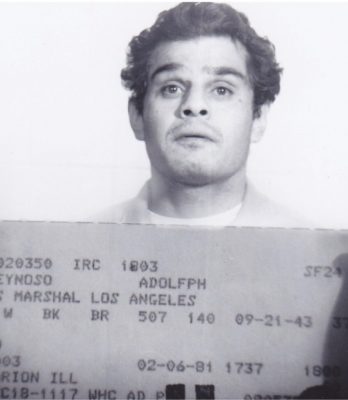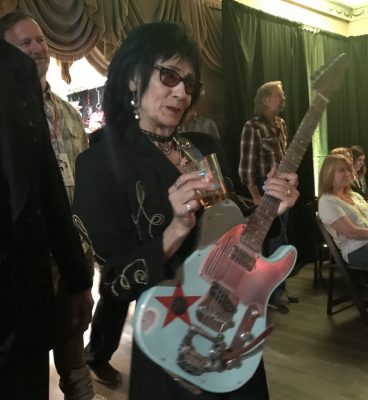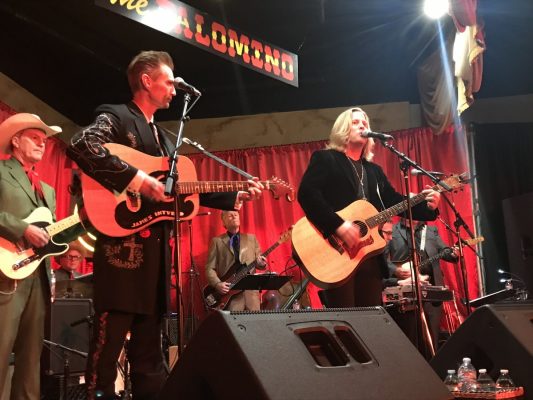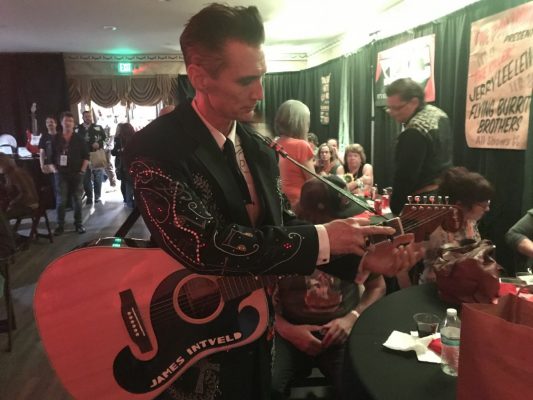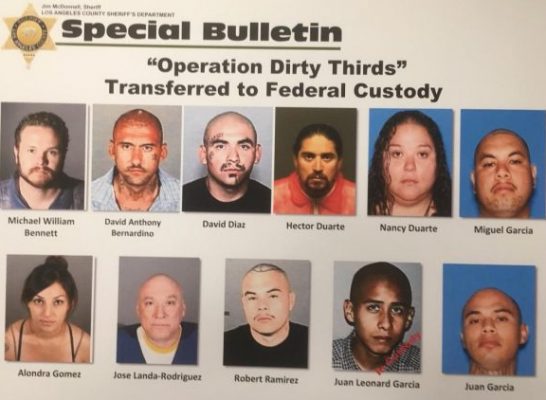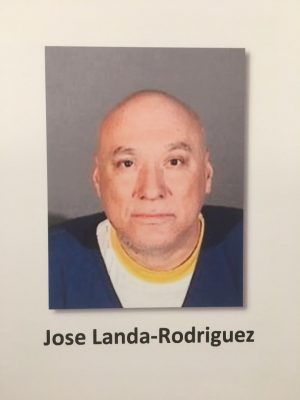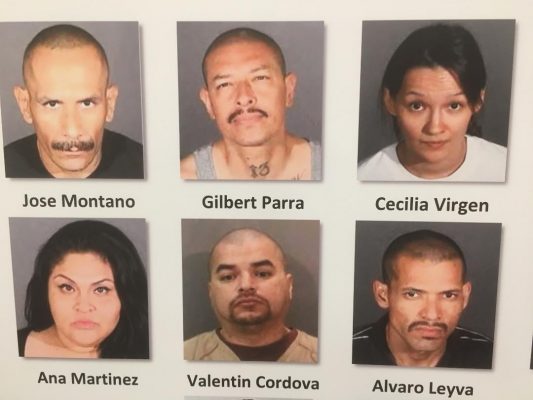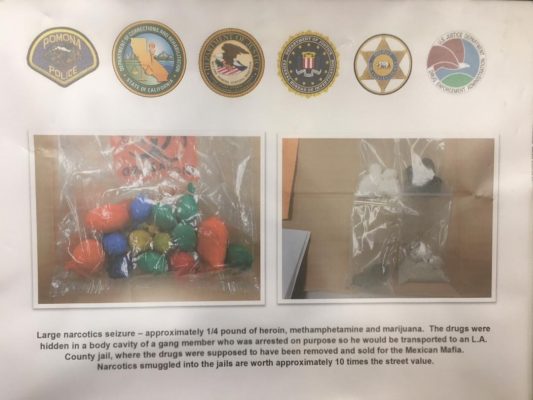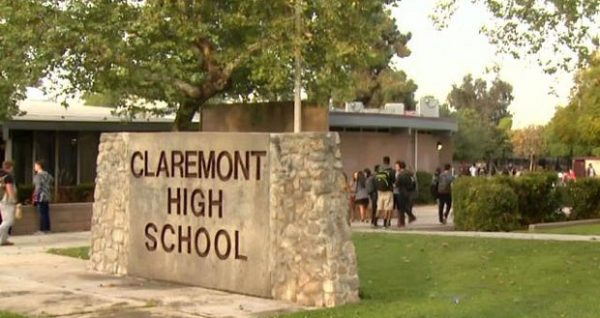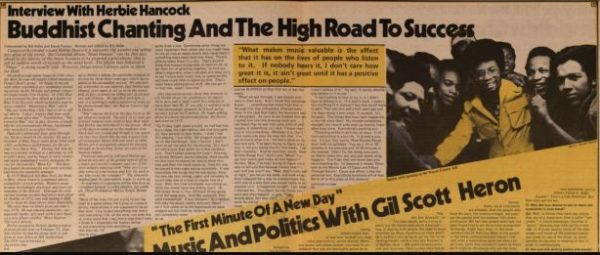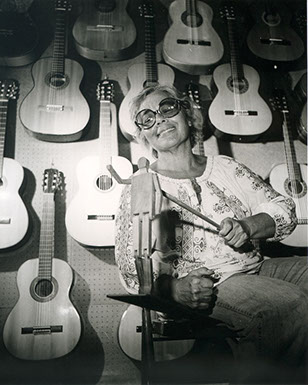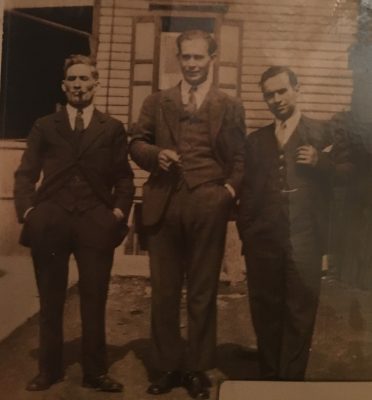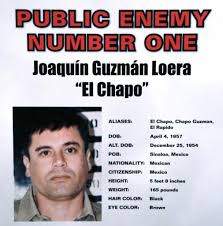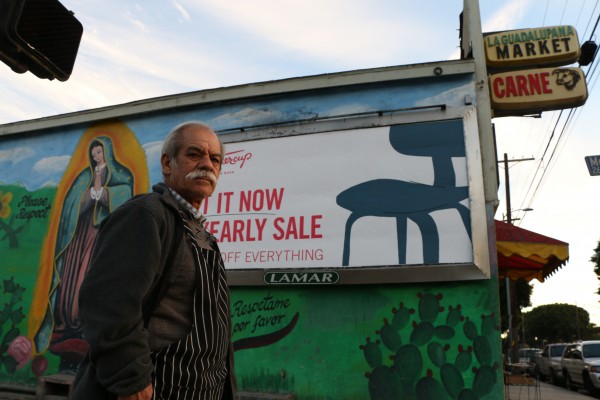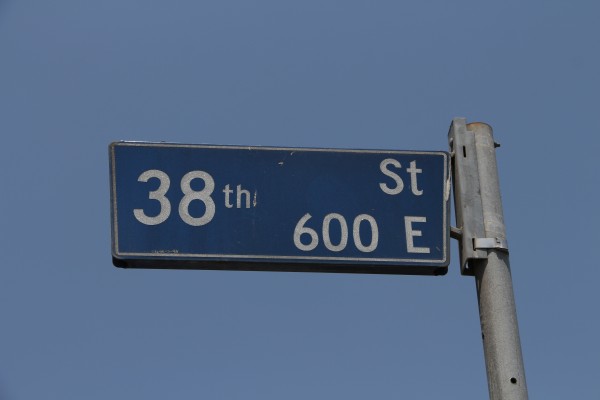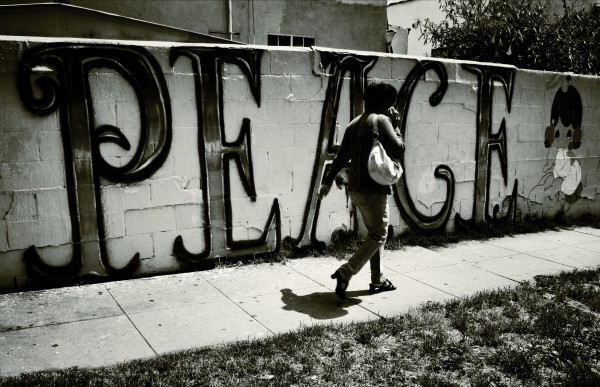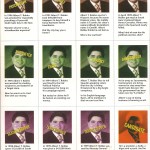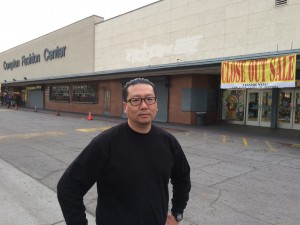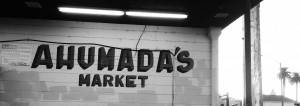Today I learned that the Orchard Supply Hardware store near me is closing.
Some 4300 people* are losing their jobs. A chain of growing and seemingly profitable hardware stores, serving well their communities, is being liquidated.
OSH, as it’s known, has 99 stores in California, Oregon and Florida. If you don’t live in those states, you may wonder why this matters to you. But it does.
For this is not about globalization, or low-skilled immigrants stealing 4300 jobs. Instead it’s Wall Street; it’s about a few rich guys who need to make their numbers.
When I talk about Dreamland, I often say that our opiate epidemic grew from our destruction of community, in many ways, all acros s America. The demise of Orchard Supply Hardware, announced last week, is the kind of thing I’m talking about.
s America. The demise of Orchard Supply Hardware, announced last week, is the kind of thing I’m talking about.
OSH was a place where the community came, where people bought things with which they built their homes and yards.
The store had a rare combination in hardware these days: great customer service and smaller stores. That meant you could actually find the things you needed. This earned it $600 million in sales last year. OSH, which is owned by Lowe’s, was expanding.
OSH is a chain but people I know feel like it’s their local hardware store. I didn’t buy hardware anywhere else. With all the crappy chain stores and chain restaurants we Americans have to tolerate stomping all over our country, here was one that people actually wanted to shop in, and felt close to.
It seemed that behind OSH was a creative idea: position it as an alternative in a world where customers are moving away from big box stores they have to drive for miles to get to. Smaller stores, easier to get to, alert and knowledgeable staff.
Sadly, Lowe’s backed off this inventive positioning of OSH in July when it hired Marvin Ellison as CEO.
Ellison was the CEO of JCPenney. There, he ran the company into its worst quarter ever. In his last quarter, the company lost $69 million and its stock hit an historic low. In his three years there, JCP shares dropped by more than half. For that record, he was compensated with $10.8 million in cash and stock in 2017, then hired this year to revitalize Lowe’s.
You may wonder: What about that record makes this guy worth hiring anywhere?
You may wonder: What company looking to rebound in this retail environment would hire anyone from JCPenney?
Another question that may occur to you is, why does Lowe’s feel in such a hurry to boost its stock price? Well one reason, apparently, is that a big chunk of Lowe’s stock has been purchased by Bill Ackman, an activist hedge-fund investor, who is hankering for change and wanted Ellison.
Why anyone would listen to Ackman’s advice on business is an interesting question. His hedge fund has lost half its value in the bull market of the last three years.
Ackman is the guy pushing things to go fast at Lowe’s. And he’s the reason the former CEO, a guy with some long-term vision, was booted.
Here’s why: Ackman’s hedge fund once had $20 billion, but as investors have pulled out amid its poor performance, the fund now has only $8 billion. Of that, he’s betting $1 billion on Lowe’s stock to rise, and quickly, to staunch the investor exodus. (For more, watch this CNBC interview.)
Thus, Forbes wrote, “The Lowe’s clock is ticking. And with Ackman as the timekeeper, Marvin Ellison is a man in a hurry.”
First idea: liquidate a growing and seemingly profitable chain of stores and its 4300 employees. Double down on big-box retailing just as consumers are rejecting it.
Mind you, this has nothing to do with improving the long-term viability of Lowe’s as a business.
But I guess if I’d lost as much money as Ackman has, I’d be in a hurry to earn it back, too.
Still, you know, Ackman and Ellison might take a moment. Common folks are paying the price: the employees, the contractors and communities that rely on those stores.

In corporate America — as we’ve swooned over it, exalted it, praised its wealthy leaders for making themselves lots of money — the clear hunch I have is that, really, a lot of the fellows at the top are not that good. It’s mediocrity on parade a lot of the time, insulated from results, from any whiff of merit pay, and from the consequences of their failures, particularly as they are felt in towns across America.
I spoke to a guy at my OSH store who said he had worked for the company for 20 years. Here’s how he was told the news: On the afternoon of Tuesday last, company officials suddenly shut the store, escorted the remaining customers out, assembled the staff, and let them know their jobs were ending; the store was closing Oct. 20.
“Today you’re Orchard Supply Hardware. Tomorrow you belong to liquidators,” he said they were told.
Within a couple days, “Everything Must Go” signs were all over the store.
You may wonder: How is that okay?
Here’s Ellison: Lowe’s is “developing plans to aggressively rationalize store inventory, reducing lower-performing inventory while investing in increased depth of high-velocity items. Exiting Orchard Supply Hardware and rationalizing inventory are the driving force behind the changes to Lowe’s Business Outlook.”
So they’re going to stock stuff that sells well. Brilliant idea.
But why does that mean OSH must close? Why not sell it to someone who actually gives a damn about Americans and their communities, and who has the creativity and energy to run such a company?
(NOTE: A Lowe’s spokeswoman emailed me this morning (8/29) with this response to the columns, saying that OSH was not profitable:
We are working hard to make this transition as smooth as possible for our associates and our customers. We will be retaining our associates through the store closure process and are encouraging them to apply for open roles at Lowe’s stores, where they will receive priority status. Associates will receive job placement assistance, and we will be providing eligibility for severance. 86 percent of Orchard locations are located within 10 miles of a Lowe’s store.
The decision to exit Orchard was based on the need to focus growing our core home improvement business and deploy our capital to more profitable projects. Orchard’s 2017 earnings before interest and taxes (EBIT) was a -$65 million on sales of approximately $605 million.*)
Instead, Marvin Ellison, escaping JCPenney, decided within less than two months to close 99 stores and lay off 4300 people.
All because? Well apparently Bill Ackman has lost a lot of money in bad investments.
As I’ve traveled the country, I’ve learned that the cost of losing Main Street has been incalculable – yet we bow to the free market as if we have no choice. That’s what’s happening here.
The good news? Lowe’s stock price has gone up a few bucks – so I guess we can all breathe easier.
This move will harm Lowe’s in the long run. I know sales are going online, but hardware will always be different. Customers need that contact with sales staff who know their stuff. Even contractors say that. (See a video about contractors’ opinions on OSH closing.)
OSH formed in 1931. Many years later it was bought by Sears, whose glory days were well behind it, looking to spruce up its home-improvement position. Owned finally by a hedge fund, Sears apparently did what Sears is now known for as a hedge-fund property – it muddled through. (Read an LA Times story here.)
Finally, it spun the company off, but not before saddling it with enormous debt. Naturally, that debt crushed OSH into bankruptcy within two years. This is how Business Insider described it:
“In 2005, Sears Holdings – by then run by hedge-fund guy Eddie Lampert – announced that it would extract a special dividend of $450 million out of OSH, and that OSH would borrow the money to pay this dividend.
“In January 2012, in typical private-equity manner, the now heavily indebted OSH was spun off to the public; 18 months later, in June 2013, OSH, buckling under this debt that Sears Holdings had put on it, filed for bankruptcy.”
In bankruptcy, OSH was bought in 2013 by Lowe’s, which, under then-CEO Robert Niblock, did some great things. Above all, it remodeled OSH stores. Funny what happens when you invest as if for the long run. The staff now seemed motivated. The store came to life; so apparently did the chain. In Pasadena, it became one of the city’s biggest sales-tax generators. 
Until that day in July when OSH’s parent company hired a guy from JCPenney at the behest of a hedge-fund owner losing money in a bull market.
You may wonder at it all.
If so, here’s a petition to make yourselves felt. Please share it, and this article, if you like it.
- (Correction: I originally noted the number of OSH employees as 5400. A Lowe’s spokeswoman informs me that the correct number is 4300 and I’ve made that correction throughout.)
